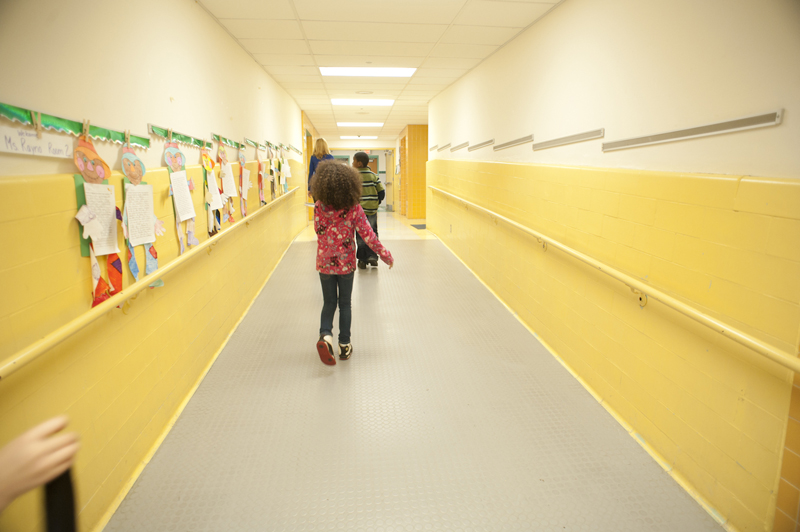
Taking time to get to know parents* sends an important message: We’re a team with a shared goal of helping students have a successful school year. Plus, parents have invaluable insight that can help us better meet students’ learning needs. Forging strong connections with parents is an ongoing process—and it begins with the first days and weeks of school.
Students come from a variety of homes and family structures. Many children are raised by grandparents, siblings, other relatives, and foster parents. “Parent” is used here to refer to and honor anyone who is the child’s primary caregiver.
Here are three things you can do early in the year to build a relationship with parents.
Each summer I mail incoming students a letter. In the letter, I introduce myself and share what I’ve been up to over the break. I also enclose my first family newsletter, which encourages parents to volunteer in the classroom and includes a supply list for their child and some class projects we’ll be doing. I also invite parents to write me a letter (email or hard copy) sharing their hopes and goals for their child for the year. Parents know their child best and often share information that I wouldn’t otherwise learn until our first formal parent-teacher conference (or perhaps not at all).
When I first issued this invitation, I wondered how parents would respond, given how busy they are and that not everyone is comfortable with writing. I discovered that the open-ended nature of my invitation leads to success. Some parents jot down a few notes while others write a more formal letter. These letters are a valuable resource that I refer to at pertinent times, such as before reading workshops, report card writing, and parent-teacher conferences. They help frame my conversations with parents throughout the year because I can connect the classroom goals with their goals for their child.
During the first week of school, I make positive phone calls to every family. To have meaningful conversations with parents, I first pay close attention to the positive attributes and behaviors of each child. I jot down my observations of specific examples to share. Some examples might be:
Sharing these types of anecdotes helps parents see that I am getting to know their child and the child’s strengths. Our early conversations open up communication between home and school by relieving any anxieties parents may have and laying the foundation for us to work together as a team throughout the year to help their child learn and grow.
Within the first two weeks of school, I send students home with a few questions for a parent or caregiver to answer. I wait until after students establish their goals for the year but before Open House. This brief survey establishes a baseline for future communication, so it’s one of my most important ways to build connections with students and their families. Plus, I refer to the responses throughout the year to help students reach their goals.
Following are sample questions that I have asked:
And here’s an example of a caregiver’s response to the first question and my written feedback that details how I incorporated her concerns into my teaching:
For more ways build strong relationships with parents:
Chris Carter, Karla Bisco, and Amy Moylan contributed to this article.